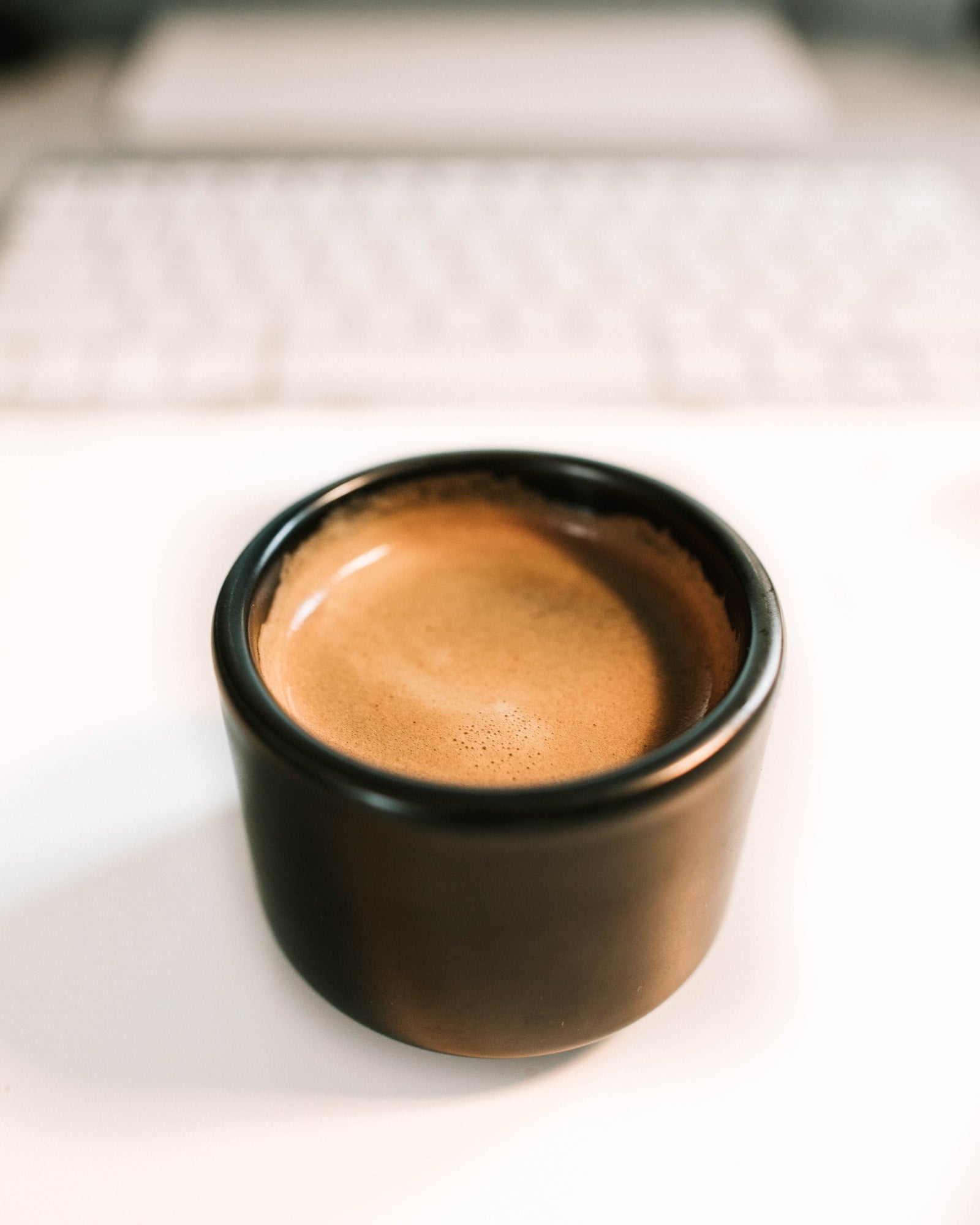Your Cart is Empty
FREE shipping Nationwide to all major city centers on orders over R600 ! Orders over 5KG receives an automatic 10% discount at checkout.
FREE shipping Nationwide to all major city centers on orders over R600 ! Orders over 5KG receives an automatic 10% discount at checkout.






